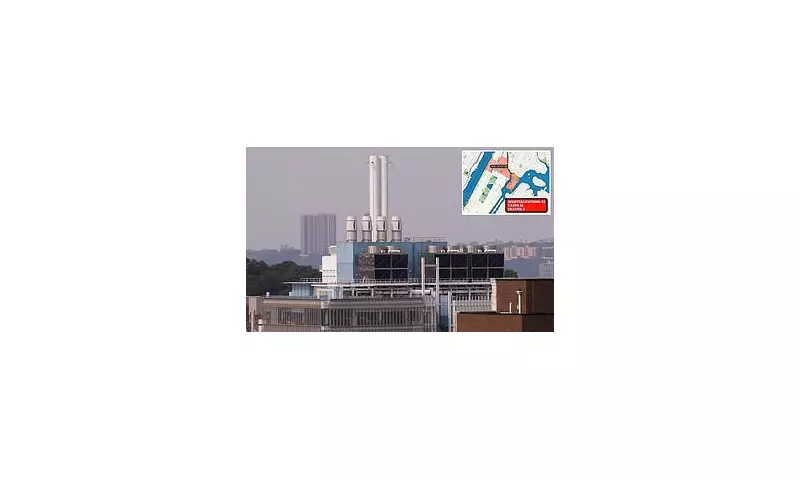
Health authorities in Manhattan are sounding the alarm over a sharp increase in cases of Legionnaires' disease, a severe form of pneumonia caused by the Legionella bacteria. The outbreak has been linked to toxic vapour emitted from contaminated cooling towers, raising urgent public health concerns.
What is Legionnaires' Disease?
Legionnaires' disease is a potentially fatal respiratory infection caused by inhaling water droplets containing Legionella pneumophila. Symptoms include high fever, chills, cough, muscle aches, and headaches. Those with weakened immune systems, the elderly, and smokers are particularly vulnerable.
The Source of the Outbreak
Investigators have traced the recent surge in cases to poorly maintained cooling towers in Manhattan. These structures, used for air conditioning in large buildings, can become breeding grounds for Legionella if not properly cleaned and disinfected.
Public Health Response
Officials are urging building owners to inspect and sanitise cooling systems immediately. Additionally, residents are advised to seek medical attention if they experience symptoms, as early treatment with antibiotics is critical.
Preventative Measures
- Regular maintenance of water systems
- Proper disinfection of cooling towers
- Monitoring for bacterial growth
This outbreak serves as a stark reminder of the importance of infrastructure hygiene in preventing deadly diseases.





